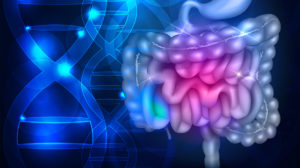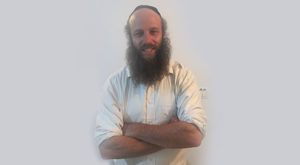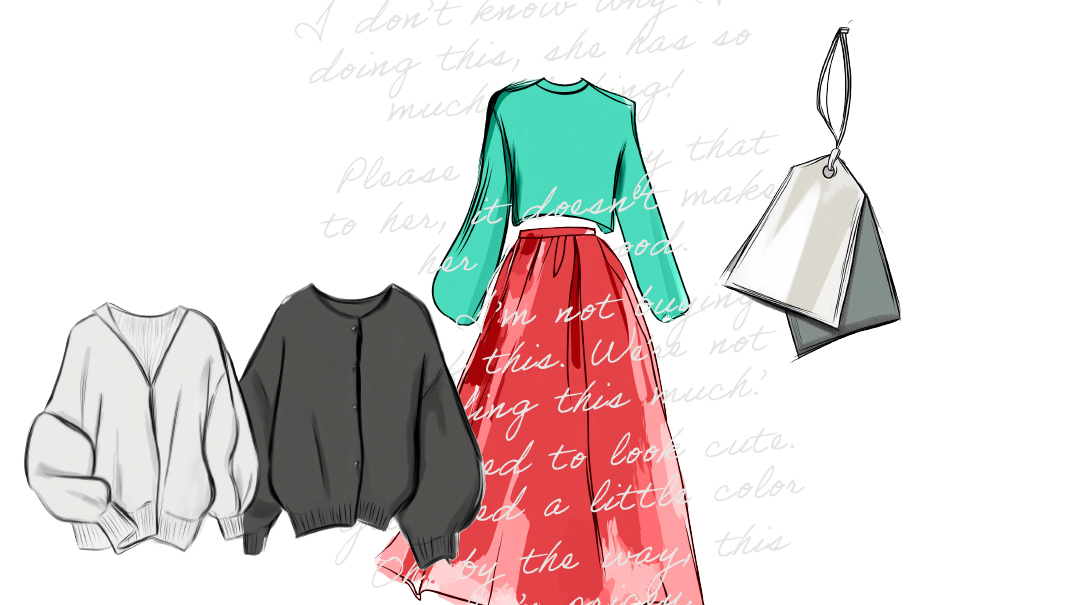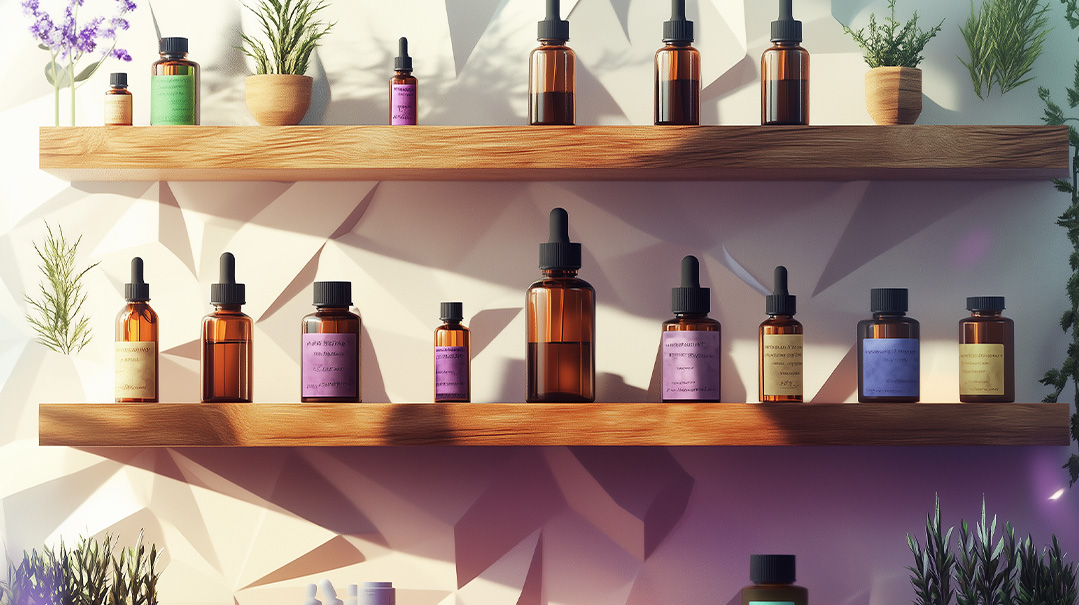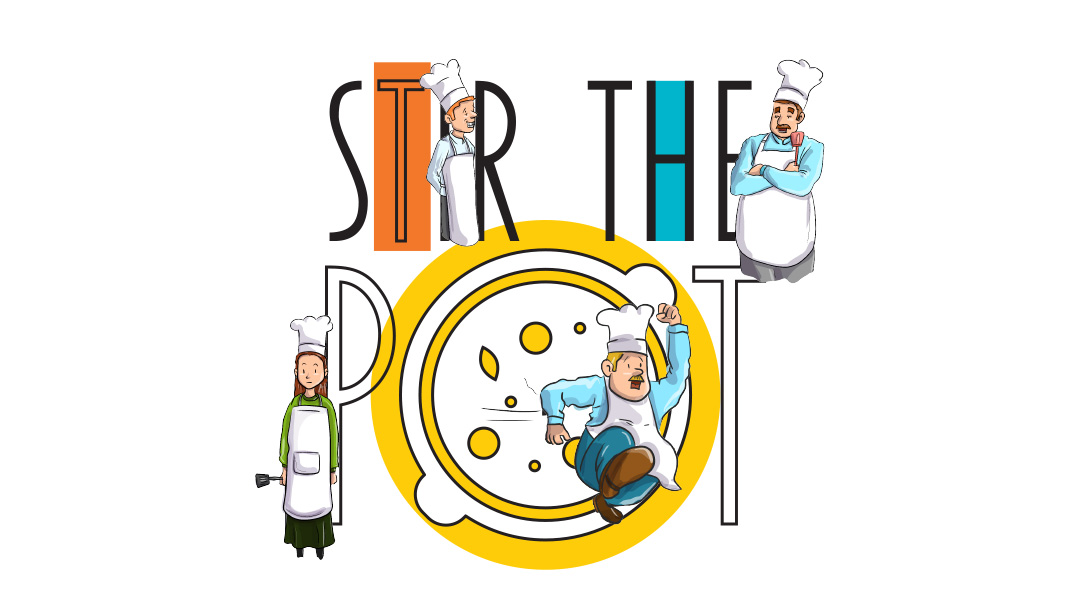Gut Reaction
| April 7, 2021Modern medicine failed my son, but healing came from an unexpected source

Shimon is my third child, but his story begins with my first pregnancy. Although I was relatively health conscious as a teen, through nausea and nursing I indulged. Pizza, chocolate, cheesecake… I didn’t understand then how profoundly my choices were affecting my body and the babies it would nourish.
When my second son was three months old, I began to experience pain during feedings, and his spit-up was brown. It would take a month or two of excruciating agony for me to realize I was suffering from thrush, a yeast infection that grows in warm, moist places. A cortisone cream helped me to continue nursing, but I didn’t know that an external manifestation of yeast was only the tip of the iceberg. By eating too many refined carbs, sugar, and dairy products, I’d made my body a haven for candida (a form of yeast).
I subsequently gave birth to a third son, and found the adjustment from two to three children almost impossible. Shimon suffered from reflux. He ate every two to three hours, and would scream for an hour after each feeding, including in middle of the night.
I begged my pediatrician to give me some medication to stop the screaming because I was going out of my mind. He gave me a prescription for reflux medication, and I was elated.
Only later I’d learn there were alternatives to rushing to put the baby on anti-acid medication. The doctor could have suggested that I go off milk and refined carbs, put the baby on a probiotic, and only if the baby was still screaming after a month, move on to a really low dose of medication for a short amount of time.
Reflux is a symptom of indigestion. Why would a baby suffer from indigestion? Because the beneficial bacteria that aid in digestion are being overwhelmed by — you guessed it — candida. Cure the candida, cure the reflux. Ignore it, and it will continue to wreak havoc in the body. And diluting the acid in the stomach has serious risks, because that can allow the wrong kind of bacteria to flourish and compromise immunity.
At the time though, I was just happy that Shimon’s screaming had significantly subsided.
Oops! We could not locate your form.



